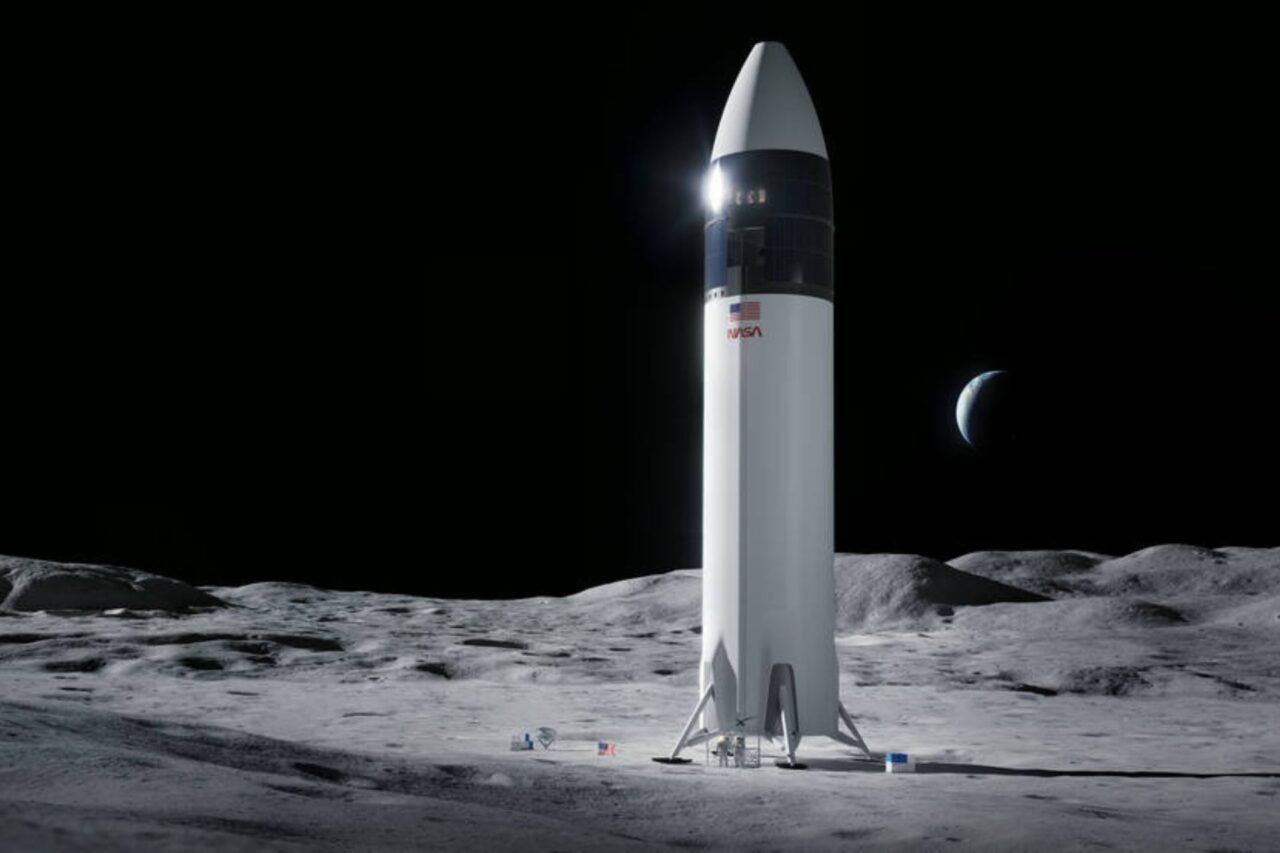SpaceX is under increased scrutiny as NASA evaluates the feasibility of the company delivering its lunar lander, known as Starship, for the upcoming Artemis 3 mission, scheduled for mid-2027. Recent comments from NASA officials, including acting Administrator Sean Duffy, suggest that delays in the development of Starship could lead to the reopening of the contract to other competitors. This decision has sparked a strong backlash from SpaceX CEO Elon Musk, who asserts that Starship remains the only viable option for the mission.
In a statement made during the American Astronautical Society’s von Braun Space Exploration Symposium, former NASA Administrator Jim Bridenstine expressed support for Duffy’s approach, stating, “Secretary Duffy, I think, is doing the absolute right thing,” as reported by SpaceNews. Musk, on the other hand, took to social media platform X to challenge Duffy’s assessment and defend SpaceX’s capabilities.
With the Artemis program’s objective to return astronauts to the lunar surface, NASA initially awarded SpaceX the contract for the Human Landing System (HLS) in 2021. This system relies heavily on the development of Starship, which has encountered significant setbacks, including three failed test flights. The next iteration, dubbed Starship Version 3, is not expected to debut until 2026, leaving SpaceX with limited time to ensure the HLS is ready for the Artemis 3 launch.
Challenges and Progress
SpaceX has reported that it has achieved 49 milestones related to the development of the subsystems and operations crucial for lunar landings. These milestones include advancements in landing legs, docking adaptors, and engine tests. The company has also begun constructing a flight-capable Starship HLS cabin, which will allow engineers to test necessary hardware and systems for a lunar landing.
Despite these advancements, Lori Glaze, NASA’s acting associate administrator for exploration systems development, indicated in July that the agency expected SpaceX to complete an in-orbit propellant transfer demonstration this year. This milestone is critical for the Artemis 3 mission and has not yet been met, raising concerns about the timeline.
SpaceX remains confident in its ability to deliver on the contract. In its recent statement, the company asserted, “Starship continues to simultaneously be the fastest path to returning humans to the surface of the Moon.” Nevertheless, mounting pressure from NASA has prompted SpaceX to review its mission strategy. The company is assessing a “simplified” mission architecture that aims to expedite the return to the Moon while enhancing crew safety.
The Path Ahead
While SpaceX did not provide specifics about the new mission architecture, the potential for a contract reopening raises the possibility of competition from companies like Blue Origin, led by Jeff Bezos. Although no official plans for an alternative launch provider have been announced, the competitive landscape could shift if SpaceX fails to meet NASA’s expectations.
The urgency of the situation is clear. SpaceX has committed to a rapid return to the Moon, paralleling the dedication shown during NASA’s Commercial Crew program, which successfully restored human spaceflight capabilities to the United States. As the clock ticks toward the mid-2027 launch date, the pressure mounts for SpaceX to deliver a reliable lunar lander that meets NASA’s rigorous standards.
Gizmodo has reached out to both NASA and SpaceX for further comments on the evolving situation. The outcome of these developments could have significant implications for the future of lunar exploration and the broader goals of the Artemis program.







